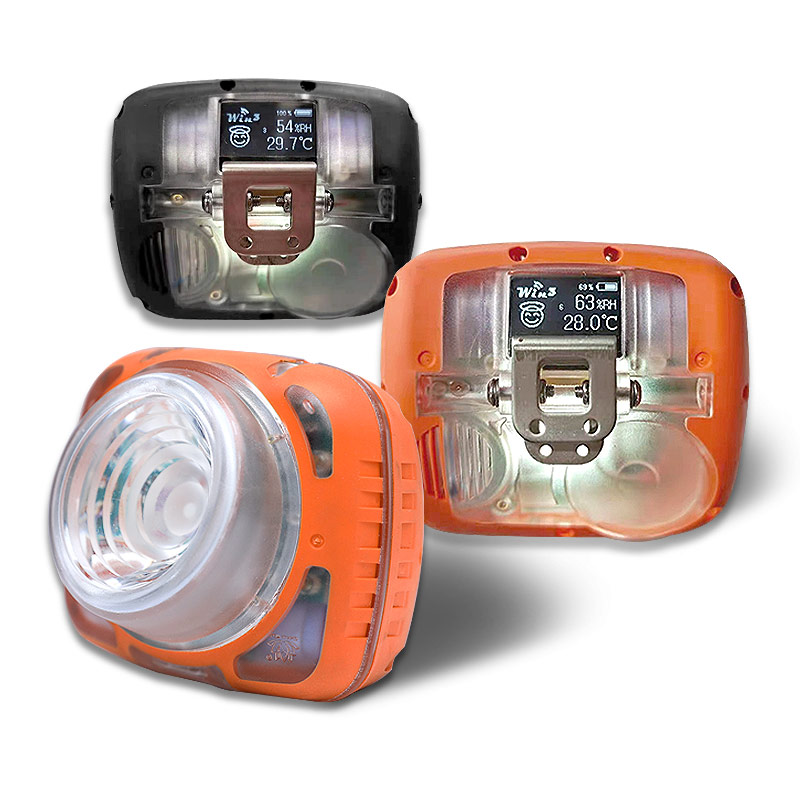Cooling and heat dissipation are crucial functions of mining and explosion-proof lamps, especially in hazardous environments where the risk of explosion is a constant concern. These lamps generate heat during operation, and it's essential to dissipate this heat effectively to prevent any risk of ignition or overheating. Here's how the cooling and heat dissipation functions are typically addressed in these specialized lamps:
Heat-Resistant Materials: Mining and explosion-proof lamps are constructed with materials that can withstand high temperatures and that have a low risk of igniting. These materials are chosen for their ability to endure the heat generated by the lamp's internal components.
Cooling Fins: Many explosion-proof lamps are equipped with cooling fins or heat sinks. These are designed to increase the surface area of the lamp's housing, allowing heat to dissipate more effectively. The fins help in the transfer of heat from the lamp's internal components to the surrounding environment.
Thermal Management Systems: Some lamps have built-in thermal management systems, such as fans or heat pipes, to actively dissipate heat. Fans can provide forced air cooling, while heat pipes transfer heat from the source to areas with greater surface area for dissipation.
Airflow Design: The lamp's housing is often designed to promote natural airflow, allowing heat to rise and exit the enclosure while drawing in cooler air to reduce the temperature of the lamp's internal components.
Separation of Components: In explosion-proof lamps, components that generate significant heat, such as ballasts or drivers, are often separated from other sensitive components, preventing heat from being transferred to areas where it could cause ignition.
Energy-Efficient Light Sources: The choice of light source can also impact heat generation. Many explosion-proof lamps use energy-efficient LED technology, which produces less heat compared to traditional incandescent or fluorescent lamps.
Thermal Insulation: Lamps are designed with insulation and seals to ensure that heat generated inside the lamp does not reach the surrounding explosive atmosphere. This helps maintain a safe operating temperature within the lamp while protecting against external hazards.
IP Ratings: Ingress Protection (IP) ratings can indicate the lamp's ability to resist dust and moisture, which can affect heat dissipation. Higher IP ratings often imply better protection against external elements that may affect the lamp's cooling capacity.
Effective cooling and heat dissipation are critical to ensuring that mining and explosion-proof lamps remain within safe operating temperatures. By dissipating heat efficiently, these lamps minimize the risk of ignition and maintain safe illumination in hazardous environments, where safety is of paramount importance.



 English
English Español
Español

